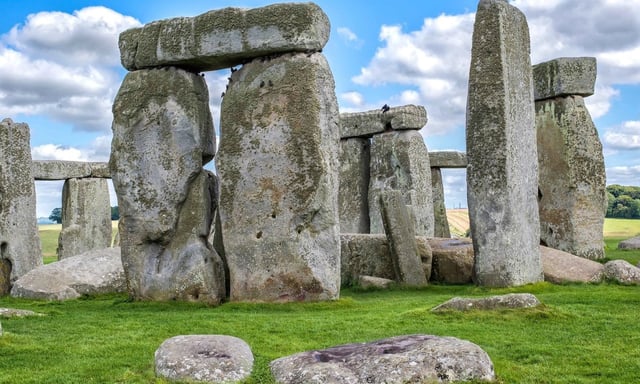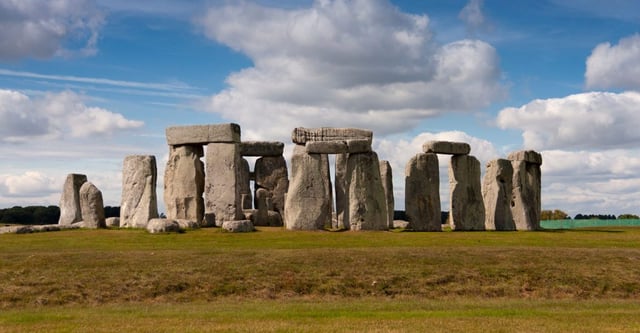Overview
- The peer-reviewed study in the Journal of Archaeological Science by BGS, Cardiff University and UCL examined a third molar from a cow jaw buried at Stonehenge’s south entrance and dated to 2995–2900 BCE.
- Lead isotopes point to early-life exposure to very old Palaeozoic rocks typical of southwest Wales, reinforcing the monument’s connection to the region that supplied the bluestones.
- Oxygen and carbon isotopes capture roughly six months of growth from winter to summer, showing a seasonal diet shift from woodland fodder to open pasture.
- Strontium values indicate food from different geologies, implying either seasonal movement of the animal or the import of winter fodder.
- Enamel proteins suggest the animal was female, with a lead spike consistent with pregnancy or nursing; researchers say this makes cattle-assisted stone transport plausible but not proven.


